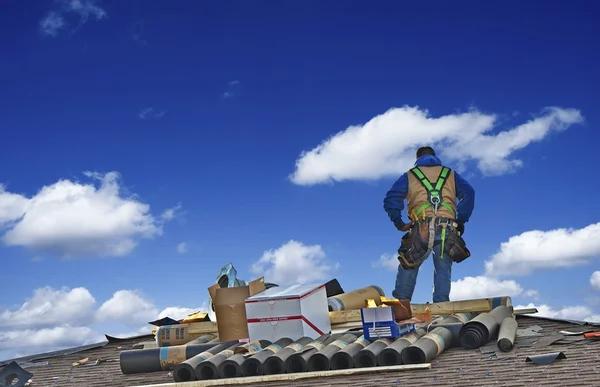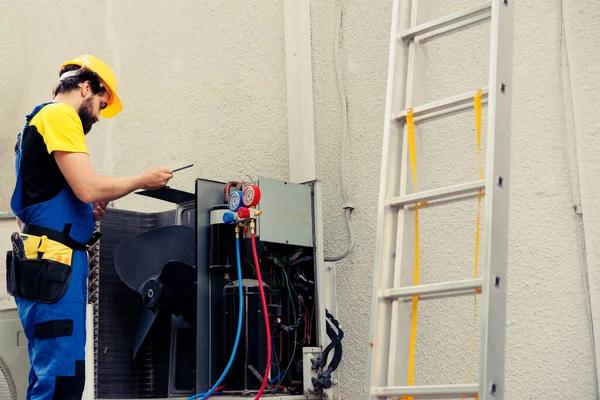
Protecting your property from potential damage is an essential aspect of homeownership. It not only ensures the safety and longevity of your home but also helps in reducing unnecessary expenses that may arise due to unforeseen damages. Taking proactive steps towards this can significantly reduce damage risks, providing peace of mind and financial stability.
The first step towards protecting your property is understanding the potential threats it could face. These could range from natural disasters such as floods, earthquakes, or hurricanes to human-induced hazards like fires or thefts. Once you’re aware of these threats, you can then take appropriate measures to minimize their impact.
One practical way to protect against natural disasters is by fortifying your home’s structure – ensuring it’s built with materials that can withstand harsh weather conditions and seismic activities. For example, using hurricane straps can help secure the roof during high winds while reinforcing walls with steel or concrete can provide added resistance against earthquakes.
In areas prone to flooding, consider raising electrical systems above flood level and installing sewer backflow valves to prevent floodwater from backing up into your drains. Moreover, regular maintenance checks on your home’s foundation for cracks or leaks will prevent water seepage during heavy rains.
Fireproofing is another crucial aspect when it comes to safeguarding properties. this article includes installing smoke detectors in every room and keeping fire extinguishers accessible at all times. Regularly inspecting wiring systems for any faults and maintaining a safe distance between flammable objects are other preventive measures one should implement.
To deter thefts and break-ins, security systems have become a standard feature in most homes today. CCTV cameras installed at strategic points around the property offer constant surveillance while alarm systems alert homeowners about any unauthorized entry attempts immediately.
Another often overlooked area is landscaping – trees close to buildings might pose a risk if they fall during storms; hence pruning them regularly becomes necessary. Similarly, clearing gutters prevents water accumulation on roofs leading to potential leakages over time.
Lastly, having adequate insurance coverage is a critical step in protecting your property. While this may not prevent damage, it provides financial support to repair or replace damaged parts of your home. It’s essential to ensure that the policy covers all potential threats your property might face and offers sufficient coverage for repairs or replacements.
In conclusion, protecting your property requires a multi-faceted approach – understanding potential risks, fortifying structural elements, fireproofing, installing security systems, maintaining landscapes and ensuring proper insurance coverage. These proactive measures can significantly reduce damage risks and offer peace of mind knowing that you’ve done everything possible to safeguard your valuable asset – your home.




